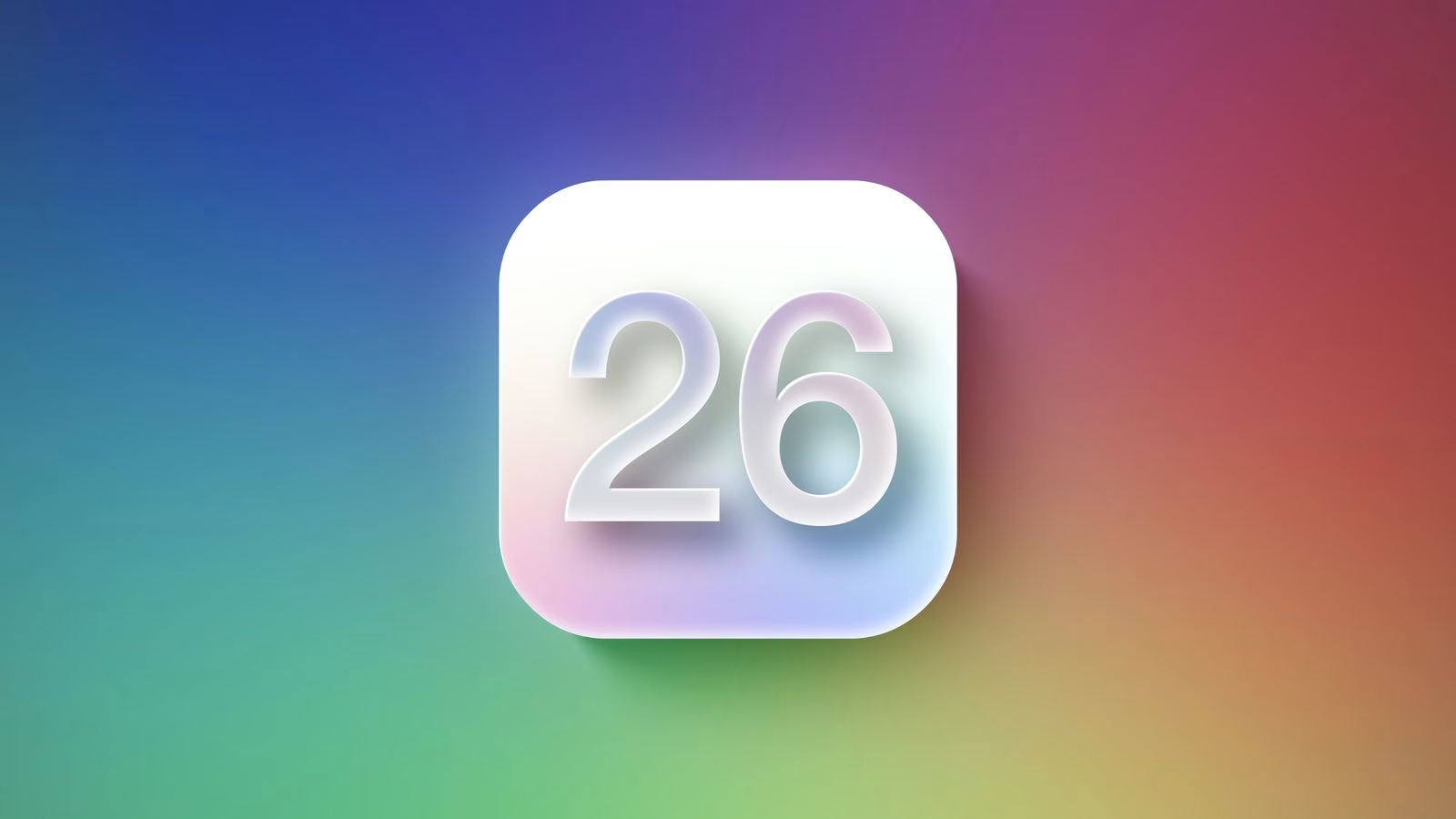Apple Rolls Out iOS 26.1 for iPhone with Enhanced Customization and Deeper Accessory Integration
Apple has officially released iOS 26.1 to the public on or around November 3, 2025, bringing a suite of refinements and new features to compatible iPhone models. This update, following a release candidate build made available on October 28, 2025, emphasizes enhanced customization options, improved accessory integration, and significant app updates, building upon the foundational changes introduced with iOS 26. It's a free software update, readily available via over-the-air download for users.
The update is compatible with iPhone models from the iPhone 12 onward, though full features are best experienced on devices equipped with A17 Pro or later chips, such as the iPhone 15 Pro and newer series. This latest iteration signals Apple's ongoing commitment to evolving the user experience, often drawing comparisons with competitors and their focus on personalization.
A Deeper Dive into iOS 26.1's Key Features
One of the most notable introductions in iOS 26.1 is its expanded customization capabilities. Apple has unveiled four new ways for users to personalize their iPhone's interface, with the "Liquid Glass" setting standing out. This innovative feature offers dynamic display effects, allowing users to craft vibrant, personalized interfaces that truly differentiate from previous iOS versions through more fluid, glass-like animations. What a visual treat, no? Experts in tech journalism have already lauded this, with one specialist calling the "Liquid Glass" setting "a win for Apple and users alike."
Beyond visual customization, the update significantly enhances the integration with Apple's latest AirPods Pro. These improvements mean features like advanced noise cancellation and spatial audio become "even better," promising a more seamless and immersive audio experience when paired with an iPhone running iOS 26.1. It just makes the ecosystem feel, well, more cohesive.
App updates are also part of the package. The Shortcuts app, a favorite for many power users, gains over 25 new actions for automation. This allows for more complex workflows and better integration with third-party applications. Additionally, the Apple TV app, alongside tvOS 26.1, receives a "vibrant" rebranded icon and subtle interface tweaks, further refining the entertainment experience across Apple devices. Minor security patches, bug fixes from the earlier iOS 26.0.1, and performance improvements, particularly on older devices, round out the core enhancements, underlining deeper ecosystem integration with other Apple devices like the Watch and Mac.
Community Reception and Apple's Rapid Update Strategy
Initial expert opinions from tech journalists, including those at 9to5Mac, have largely been positive. They describe iOS 26.1 as an incremental yet meaningful advancement over iOS 26.0, noting its improved stability compared to the initial iOS 26 betas. Many users had reported stability issues with early iOS 26 builds, so this update brings welcome relief.
User sentiment, as reflected on platforms like X (formerly Twitter) and various tech forums, shows considerable excitement. Posts regarding the new update have garnered tens to hundreds of thousands of views, with significant engagement. Comments such as "finally more ways to personalize my iPhone" highlight the strong positive reception to the new customization options. Users are also praising the improved AirPods Pro experience, with many noting the update "makes AirPods Pro even better." While there were some frustrations regarding battery life during the beta phases, the overall public reception appears very strong.
This release also signals Apple's accelerated update cycle. Just days after iOS 26.1's public debut, reports from reliable Apple insider Mark Gurman of Bloomberg confirm that an iOS 26.2 beta is expected "as soon as Tuesday" (potentially November 4, 2025). This rapid iteration, following iOS 26.0.1 in mid-October, demonstrates Apple's responsiveness to user feedback and commitment to frequent, meaningful software updates, a noticeable shift from the more spaced-out updates of previous years, like those seen with iOS 25. The update rolled out globally, with EU-specific features for app sideloading compliance under the Digital Markets Act integrated seamlessly. No major delays or regional controversies have been reported.
